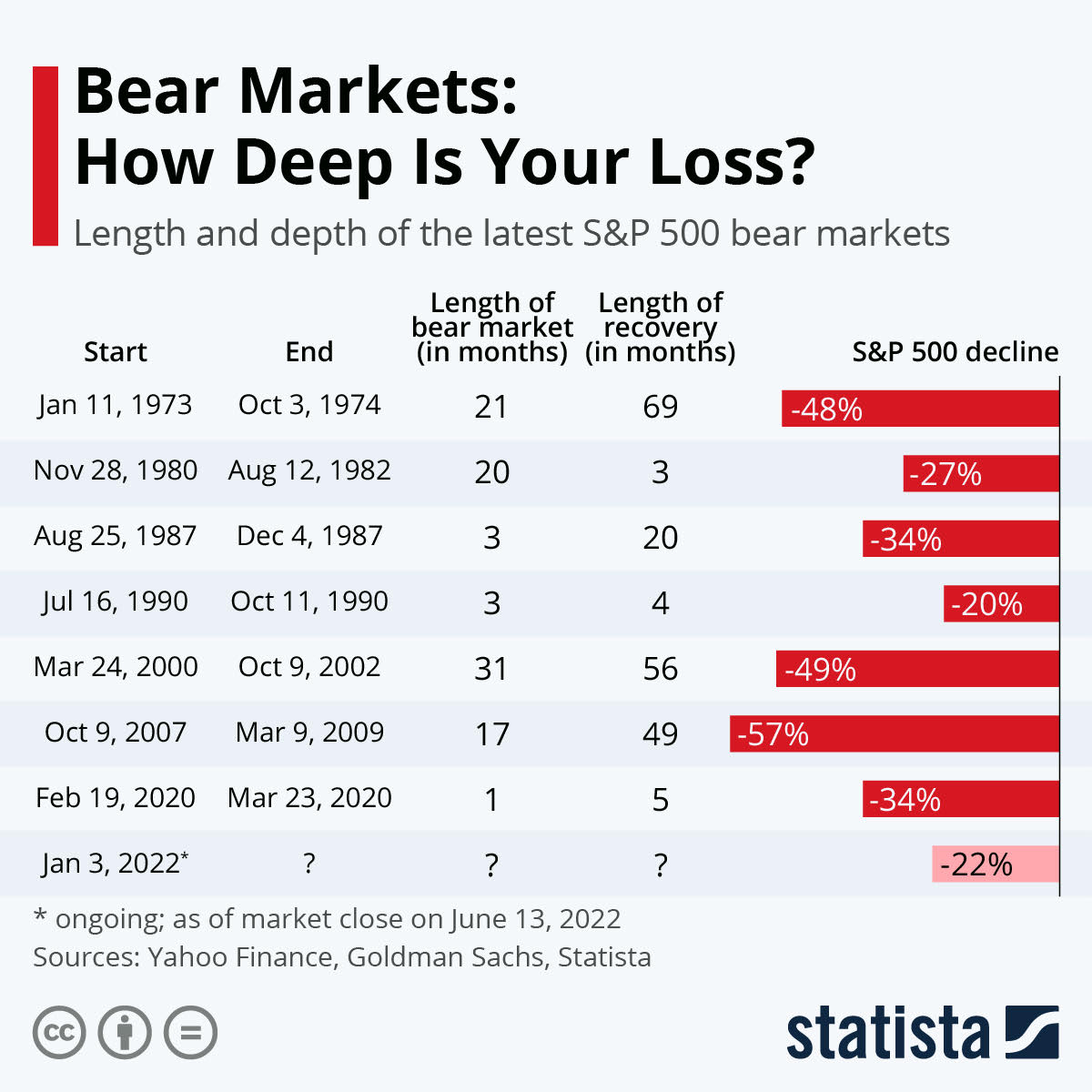This last Wednesday I was scheduled to attend a talk in San Jose by Bryan Cutsinger, a very sharp young monetary economist from Angelo State University in Texas. But on Monday, the organizer learned that Bryan was sick and couldn’t make it. He contacted Jeff Hummel and me and asked if we could fill in. We said yes and Jeff and I organized a talk over the phone on Tuesday, with me leading in on the basics of inflation and then asking Jeff a series of questions that dug deeper and deeper into Federal Reserve monetary policy. I called it “The Hummel/Henderson Road Show on Inflation.” Jeff called it “The Ever Expanding Role of the Fed and What It Portends for the Future.” It went well.
One of the items I read to prepare was an excellent piece in Forbes by Norbert Michel of the Cato Institute. He pointed out that inflation month by month has fallen. So I went to the Bureau of Labor Statistics and, sure enough, found the graph above. I presented it and said words to the effect, “Although I can’t predict inflation, I won’t be surprised if when the data come out tomorrow [that’s Thursday, November 10], they will show a monthly increase in the CPI that’s about 0.4 percent or less.”
Guess what. The data came out yesterday, Thursday, and the increase was 0.4 percent. That means that the CPI (not seasonally adjusted) rose from 296.311 in June to 298.012 in October. That’s an increase of 0.574 percent. On an annual basis, the inflation rate is 3 times that, which is 1.72 percent. So the Fed has achieved its inflation target. The seasonally adjusted CPI rose over those 4 months at an annualized rate of 2.80 percent, which means that the Fed has almost achieved its goal.
















